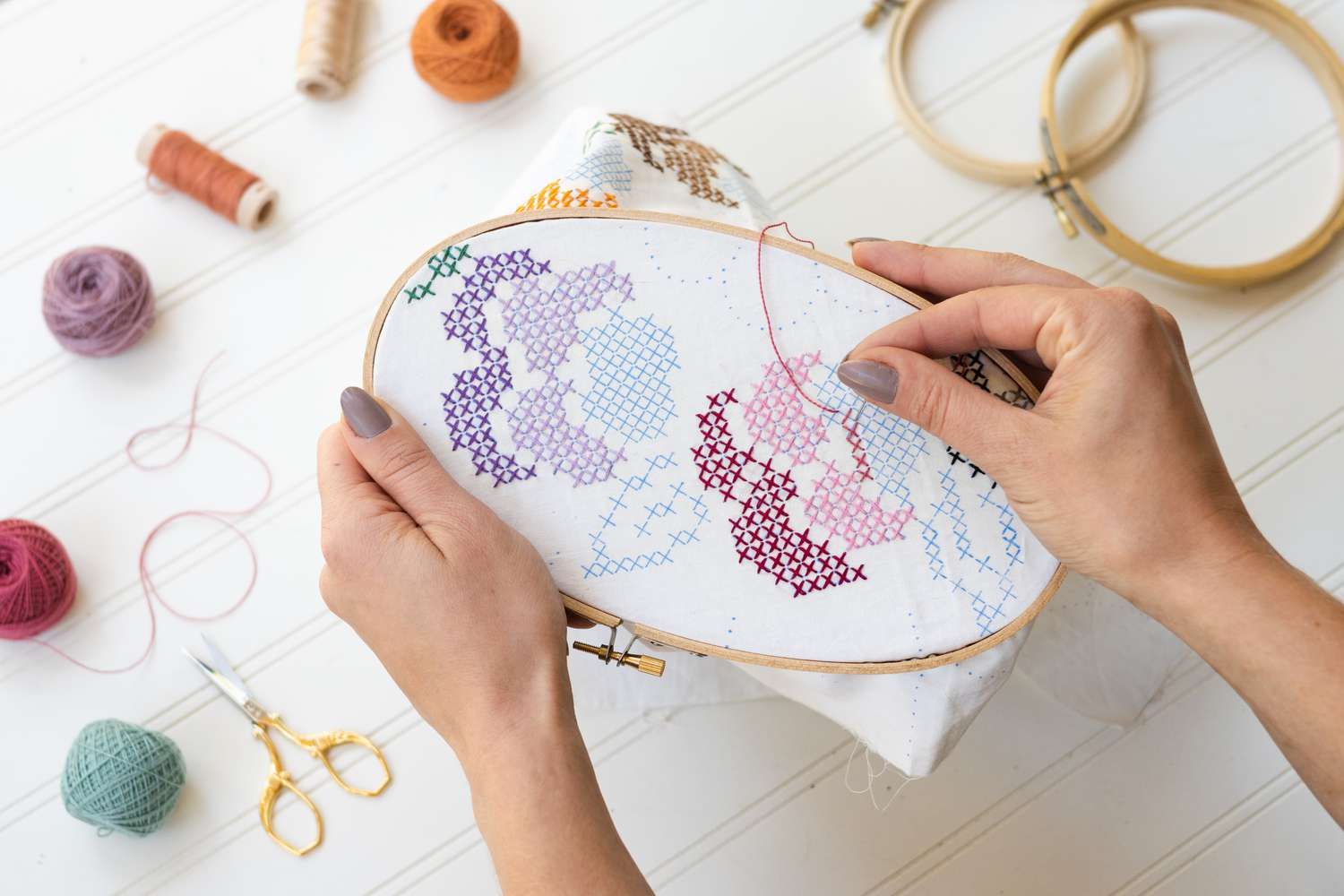In the heart of the Yucatan Peninsula, a region renowned for its rich cultural heritage, vibrant colors, and exquisite craftsmanship, lies an embroidery technique known as “punto de cruz” or “cross-stitch.” This ancient and intricate embroidery style has been an integral part of Yucatecan clothing for centuries, adding a touch of elegance and cultural significance to traditional garments. Let us delve into the art of punto de cruz and explore its enduring presence in Yucatecan fashion.
The roots of punto de cruz trace back to the pre-Hispanic era, where ancient Mayan women adorned their garments with intricate patterns using colored threads. With the arrival of the Spanish colonizers, European cross-stitch techniques merged with the indigenous embroidery traditions, giving birth to the unique art form we know today as punto de cruz.
It involves creating geometric patterns, floral motifs, and delicate designs by forming small X-shaped stitches on fabric. This painstaking process is done entirely by hand and requires patience, precision, and skill. Traditionally, women in Yucatan learned this craft from their mothers and grandmothers, passing down the artistry from one generation to the next.
Yucatecan clothing, characterized by its vibrant colors and intricate designs, showcases the beauty of punto de cruz. This embroidery technique is primarily featured on the guayabera, a traditional Yucatecan men’s shirt, and the hipil, a long, loose-fitting dress worn by Yucatecan women. The embroidered patterns often include elements inspired by nature, such as flowers, leaves, and birds, reflecting the region’s lush landscape and biodiversity.
Punto de cruz goes beyond its aesthetic appeal; it holds deep cultural symbolism for the people of Yucatan. The meticulously crafted patterns are believed to protect wearers from evil spirits and bring prosperity and good fortune. Furthermore, the embroidery often tells stories or conveys messages of familial ties and community values, reinforcing the significance of tradition and heritage in Yucatecan culture.
While modernization and global influences have brought changes to Yucatecan fashion, the art of punto de cruz remains a symbol of identity and pride for the region’s artisans and inhabitants. Local communities and cooperatives continue to promote this traditional craft, ensuring its preservation for future generations.
The beauty and appeal of punto de cruz have transcended regional boundaries, garnering recognition beyond the Yucatan Peninsula. Today, Yucatecan clothing, adorned with punto de cruz, is proudly displayed in fashion shows, cultural exhibitions, and artisanal markets worldwide. It serves as a beautiful representation of Mexican craftsmanship and cultural diversity.
TYT Newsroom



